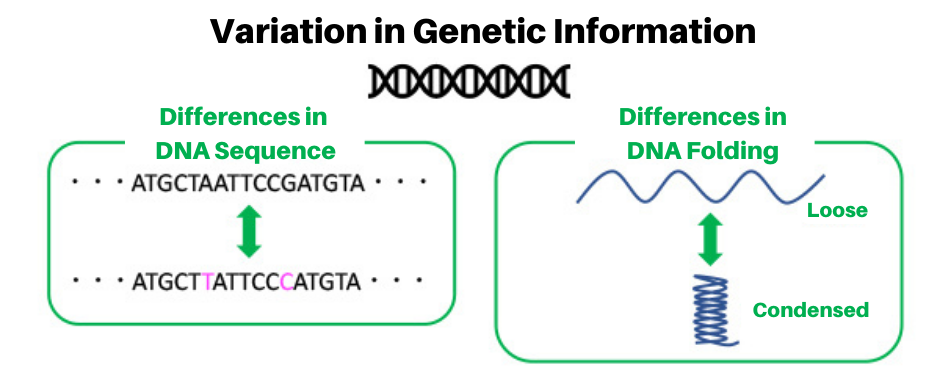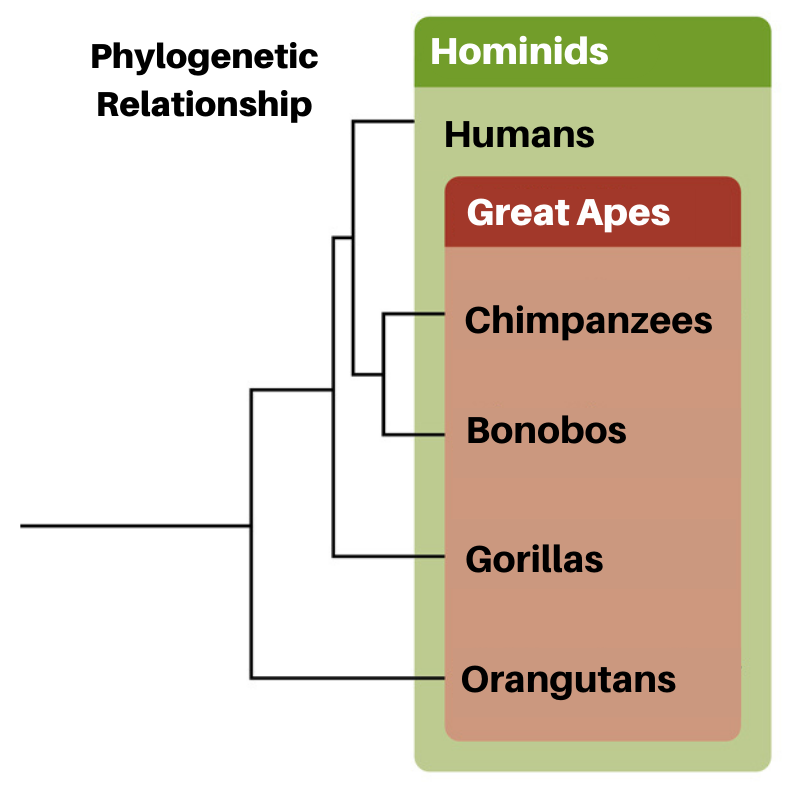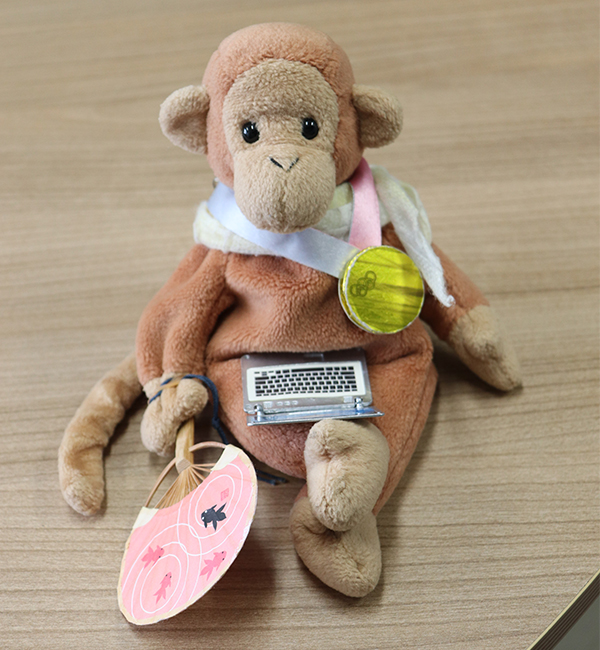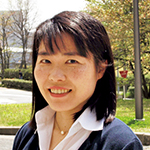Why are there differences between identical twins?

An introduction to academia starting with “Why?”
After making a list of questions which would pique anyone’s interest, we asked faculty members on campus who might be knowledgeable in these areas to answer them from the perspective of their respective expertise. Let’s take a look into the world of research through questions that you feel you know something about, but cannot answer definitively when actually asked.
Q15. Why are there differences between identical twins?
Even identical twins, who are meant to have identical DNA, differ somewhat in appearance and are not the same in terms of height, physical makeup, disease profile and the like. Why is this so?DNA sequence and folding change after birth

Identical twins are born from the same fertilized egg, so theoretically they both have the same sequence of DNA (deoxyribonucleic acid), which contains their genetic information. So why can such twins end up with different physical makeup, contract different illnesses, and even look slightly different? The most obvious reason is that their lifestyle habits differ. Differences in things like diet, exercise and sleep surely result in different types and volumes of substances generated within the body. Another reason is connected to DNA: each twin’s DNA sequence changes slightly over time after they begin life. We know, for example, that people can become ill as a result of damage to the DNA of genes that are crucial to good health, as in the case of cancer caused by excessive ultraviolet light exposure.
But these are not the only reasons for the differences between identical twins. A little-known fact is that in addition to the sequence of DNA, the way DNA is folded is important for living creatures. DNA strands are not straight lines: they are folded in many formations. The volume of proteins synthesized by genes depends on how tightly or loosely DNA is folded. Loose folds allow enzymes and other substances to enter easily, resulting in large volumes of protein synthesis. The types and volumes of proteins produced determine what organs the cells will form. It is not a case of the more proteins the better: there are optimal volumes for each body part from eyes to legs. In other words, even if DNA sequences are identical, problems in how the DNA is folded can mean that proteins are not synthesized in the appropriate volumes, and this is a key cause of illness.

Differences in DNA folding can emerge in identical twins even just after they have separated from the fertilized egg. There are many reasons this can occur, including changes in the genetic sequences that determine the folding patterns. Moreover, females have two of the X chromosomes that determine sex (chromosomes are structures created when proteins and other substances combine in DNA), and one of these two can randomly become condensed and harden, impeding the synthesis of proteins. Your fate is determined by which of your X chromosomes hardens within which cells. This is one of the factors that leads to differences from person to person.
I’ve been doing research on a region at the end of the chromosome called the telomere, and the subtelomere adjacent to it. The roles of the telomere include determining the lifespan of the cell and passing on life to the next generation. Last year, when doing research on a model organism known as fission yeast, I discovered that the DNA sequence of the subtelomere changes frequently. Generally, DNA sequences don’t change very often. Frequent changes pose a threat to life, so there are multiple layers of mechanisms that function to prevent them. But in the subtelomere, I saw changes occurring frequently. Was this just a simple mistake? I believe that living organisms might have deliberately retained the scope for such changes.
Over the course of evolution on our planet there have been multiple mass extinctions, but organisms that are resistant to changes in the environment have survived. The capacity to alter one’s DNA might be a strategy to respond to various environmental changes: a hallmark of evolution. Organisms change, little by little, from the moment of their birth right through to their death. That is how some managed to survive even when the planet was covered in ice. All organisms with DNA have a common system comprising a sequence of four bases in their DNA, known as ATGC (some viruses have something similar to DNA, called RNA). This tells us that all organisms evolved from the same original organism. This means that every one of us is part of this same long chain of life that began from a single cell. Doesn’t that give you a thrill?

What makes humans and chimpanzees different?
The differences in the DNA sequences of humans and great apes such as chimpanzees are said to be extremely minor. In reality, however, the ends of the chromosomes (DNA chains) of great apes differ significantly from those of humans. Great apes have repetitive sequences known as “StSat repeats” between the telomere and the subtelomere regions, but these do not occur in humans. Moreover, humans have 46 chromosomes, but great apes have 48. In humans, two of the chromosomes are fused near the ends, so the number is one pair fewer overall. It is possible that the loss of StSat sequences in the process of evolution from shared ancestors is what caused humans to develop some characteristics different from those of the great apes. This is another point that we’re investigating in our research.

www.park.itc.u-tokyo.ac.jp/jkanoh/
* This article was originally printed in Tansei 45 (Japanese language only). All information in this article is as of September 2022.



 Answered by Junko Kanoh
Answered by Junko Kanoh


